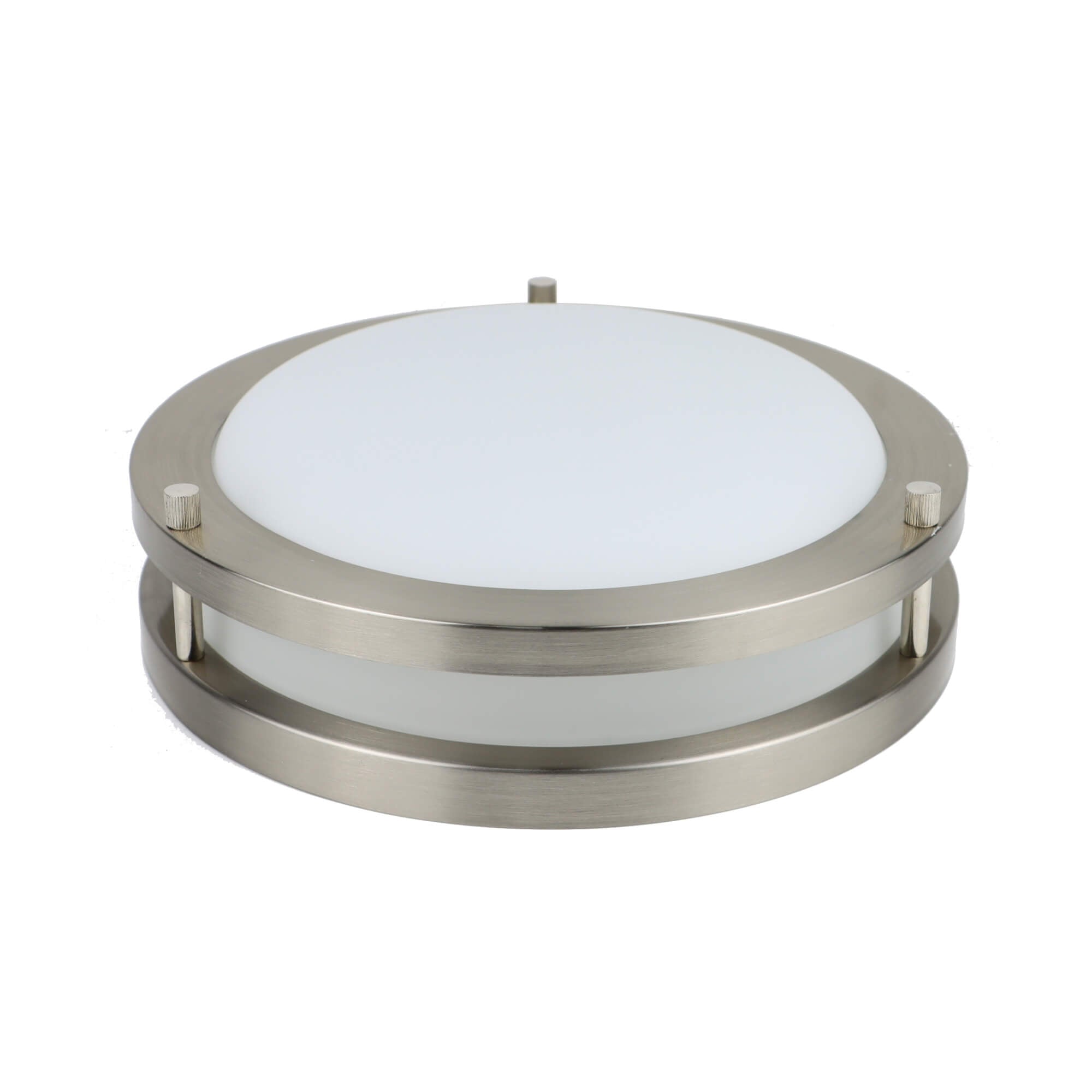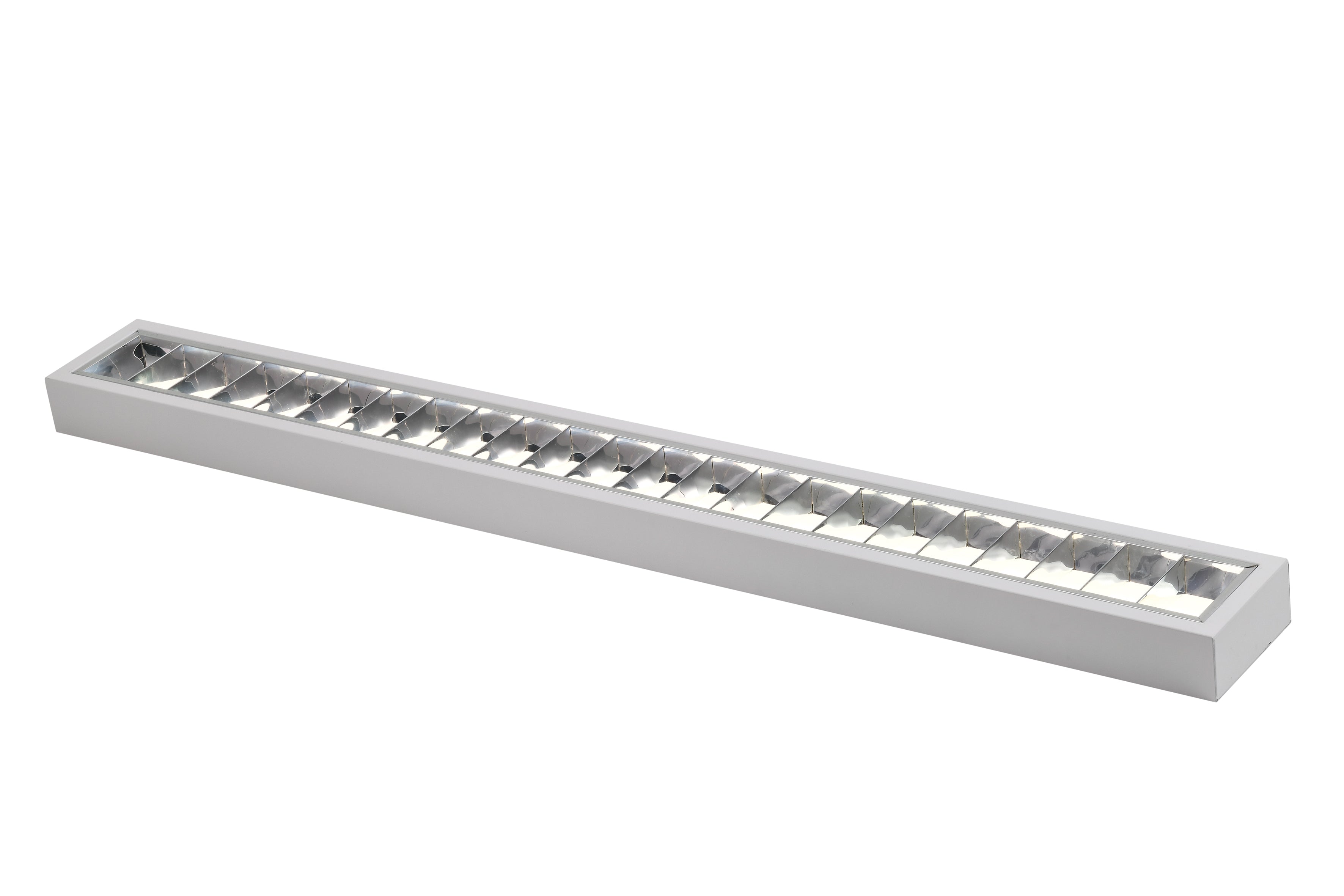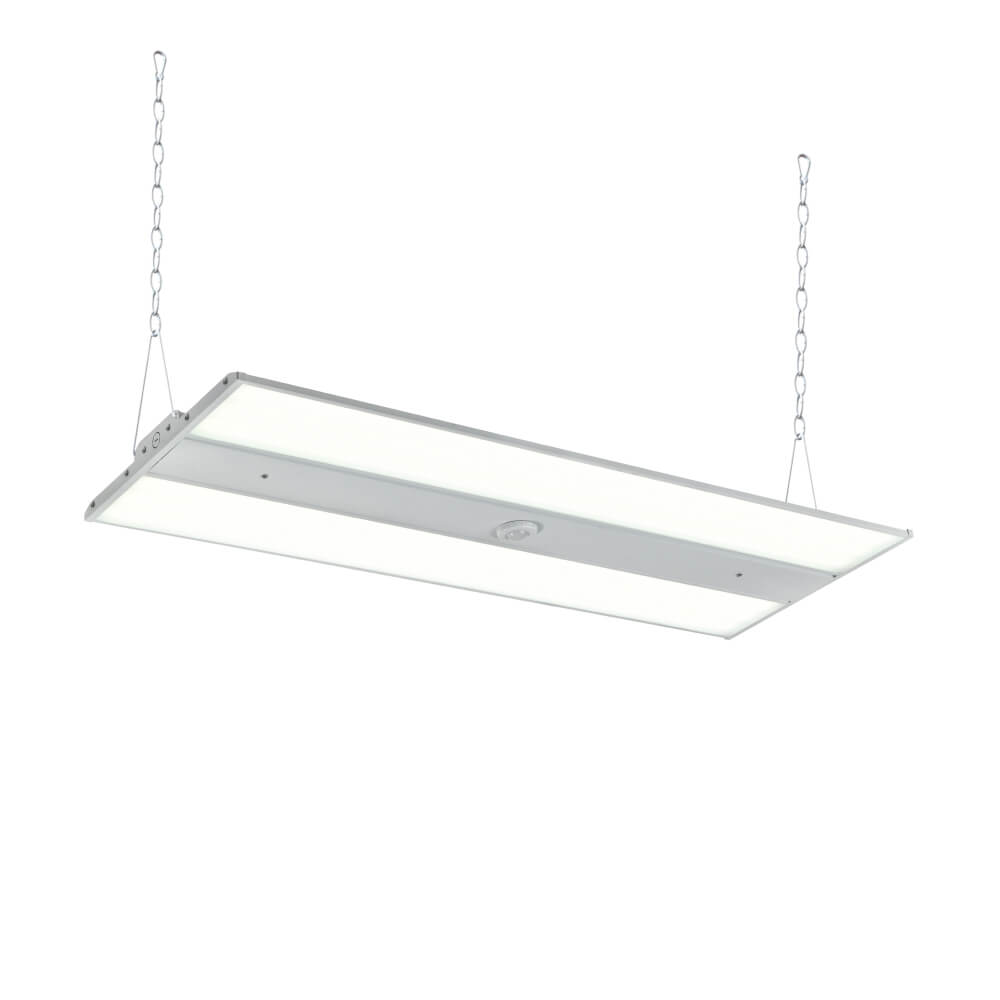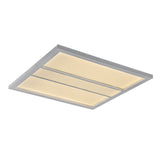LED and Color Temperature Explained! 2024 Updated
| Aspect | Warm White | Neutral White | Cool White |
|---|---|---|---|
| Mood | Relaxing | Balanced | Energizing |
| Focus | Soft-focus | Clear vision | Sharp-focus |
| Time of Day | Evening | Anytime | Morning |
| Natural Light Mimicry | Sunset | Balanced natural light | Daylight |
Introduction
Lighting plays a crucial role in how we perceive and experience the spaces we occupy. Beyond merely illuminating an area, different types of lighting can greatly influence our moods, focus, and sense of ambiance. With the rise of LED lighting technology, we now have more options than ever to customize the lighting in our homes and workplaces.
However, with this wide array of choices also comes complexity. Two aspects in particular that impact the aesthetic and psychological effects of LED lighting are its color temperature and rendition. Color temperature, measured on the Kelvin scale, determines whether light appears warm or cool. Proper understanding and application of color temperature is important for selecting the right LED bulbs.
When you finished reading this article, you'll have a clear understanding of LEDs and how to optimize their benefits through color temperature.

What is Color Temperature?
Color temperature is a measurement of the hue of light emitted by a light source. It is measured on the Kelvin (K) scale and indicates how warm or cool the light appears.
Differentiating Warm, Cool, and Neutral Whites
| Color Temperature | Hue Description | Typical Kelvin Range | Ideal Use Cases | Psychological Impact |
|---|---|---|---|---|
| Warm White | Cozy, yellow-toned light | 2700K - 3000K | Living rooms, bedrooms, dining areas | Relaxing, unwinding, lowers stress |
| Cool White | Bright, blue-white light | 5000K - 6500K | Workspaces, kitchens, garages | Energizing, improves focus and alertness |
| Neutral White | Balanced blue-white light | 4000K - 4500K | Offices, bathrooms, laundry rooms | Balanced for general illumination without bias |
The Kelvin scale reveals how LEDs mimic nature's light across an influential range:
1. Warm White: Living Sunset
Warm white LEDs - 2700K to 3000K. These produce a soft, yellow-toned light that feels cozy. Common applications are living rooms, bedrooms, and dining areas where you want to relax.
2. Cool White: Waking Daylight
Cool white LEDs - 5000K to 6500K. They have a bright, cool blue-white hue that makes tasks easier to focus on. Used often for workspaces, kitchens, garages or industrial areas where visibility is important.
3. Neutral White: Balanced Beacon
Neutral white LEDs - 4000K to 4500K. The light is balanced between warm and cool tones, leaning more toward the blue-white end of the spectrum. Provides efficient general illumination without biases of warmth or coolness. Ideal for offices, bathrooms, laundry rooms.
So, discover your optimal LED match. Nature already composed the right light for each time and place. Follow her wisdom when tuning your home's atmosphere.
How Does Lighting Color Affect Your Mood?
| Color Temperature | Time of Day | Mood Enhancement | Circadian Rhythm Influence |
|---|---|---|---|
| Warm White | Evening | Serotonin boost, relaxation | Promotes sleepiness, aligns with sunset |
| Cool White | Morning | Increases alertness, reduces sleepiness | Mimics sunrise, kickstarts the day |
| Neutral White | Anytime | Neutral impact, maintains steady mood | Less influence, maintains consistent alertness |
Many factors influence our daily energy, mood and productivity. Yet one key element we often overlook is the lighting in our surroundings.
1. Warm Hues Unwind, Cool Tones Energize
Warmer and cooler hues of light have proven effects on our psychology and physiology.
Warm light in the yellow-red spectrum of about 2700-3000K has a relaxing, unwinding quality. Its tones mimic the setting sun and fireside lighting our ancestors experienced at the end of the day. Exposure to these warm hues has been shown to lower stress hormones like cortisol while increasing serotonin, the feel-good chemical in our brains. No wonder a warm-toned lamp makes for the perfect reading spot in your living room after a long day.
On the other hand, the bright blue-white light of 5000-6500K elicits an invigorating, stimulating response. Its wavelengths are similar to daylight hours when our early ancestors were active hunters and gatherers. Studies reveal cool light boosts attention and reaction times while signaling our bodies it's time to wake up. That's why an energy-boosting cool lamp on your desk helps crank out tasks in the office or see clearly for a morning makeup routine.
2. The Neutral Balancing Act
While warmer and cooler tones elicit noticeable relaxing or energizing impacts, neutral light at 4000-4500K takes a more balanced approach. Having a slight blue-white tilt but not leaning fully into either warm or cool spectrums, neutral illumination provides an even-keeled lighting solution.
3. Sustaining Natural Rhythms
Our bodies have developed natural circadian rhythms tuned to respond to daylight hours through centuries of evolution. Exposure to warmer and cooler lighting spectrums at different times of day can help reinforce these vital biological cycles.
In the mornings, cool blue-toned light mimicking sunrise is energizing for both mind and body. It boosts alertness and curbs sleepiness through effects on the reticular activating system in our brains. Starting the day off with a cool light lamp or smart bulbs simulating dawn can spark our daily wake cycles.
As evenings fall, dimmer warm yellow-orange hues echoing sunset signal it's time to unwind. Shifting to warm light sources in the later hours lowers cortisol and boosts serotonin and melatonin, key hormones regulating stress and sleep patterns. Cozy bedside lamps infused with 2700K light help lull our bodies naturally into nighttime rest mode.
Picking the Perfect Light for Each Room
Every space has ideal lighting needs that the right LED color temperature can meet:
- Living Rooms, Bedrooms, and Dining Nooks - Warm white LEDs generate a welcoming sunset glow for these relaxing spaces. The cozy ambiance enhances comfort for leisurely gatherings or winding down for sleep.
- Kitchens, Offices and Bathrooms - Neutral white LEDs blend energizing and soothing effects. Their balance suits the shifting needs of kitchens, offices, and grooming stations. The tone keeps visibility high without feeling clinical.
- Desks, Workshops and Labs - Cool white LEDs boost focus with their daylight-like sharpness. For intricate tasks requiring precision and mental endurance, the bright clarity sustains accuracy and alertness.
- The brighter, bluer light of cool whites between 5000K-6500K enhances visibility and focus for detailed tasks. At workstations, desks, and in industrial or commercial spaces where safety and precision are priorities, cool LEDs help illuminate clearly. As accent or supplementary lighting over benches, work areas, and equipment, cool tones boost performance of visual intensive jobs and inspections. Task and accent lights with a cool bias suit evening work or night shifts better than warm colors that may induce drowsiness.
Getting the color right means a space looks stunning and functions at its best. People instinctively feel at ease or productive because the lighting hits the natural notes.
Room-Specific Lighting Choices
| Room | Suggested Color Temperature | Ambience | Functionality |
|---|---|---|---|
| Living Room | Warm White (2700K - 3000K) | Sunset glow, welcoming | Leisure, relaxation |
| Kitchen | Neutral White (4000K - 4500K) | Bright but balanced | Cooking, eating, socializing |
| Office | Neutral White (4000K - 4500K) | Clean, focused lighting | Work, reading, study |
| Bedroom | Warm White (2700K - 3000K) | Soft, dim, restful | Sleep, unwind, personal activities |
| Bathroom | Neutral White (4000K - 4500K) | Clear, true-to-natural light | Grooming, cleaning |
| Workshop | Cool White (5000K - 6500K) | Daylight-like brightness | Detailed tasks, safety |
Conclusion Words
In conclusion, understanding color temperature is paramount for getting the most out of LED lighting technology. The Kelvin scale provides an objective measurement of a light source's hue that translates to varying subjective experiences and effects. Whether aiming to energize or unwind spaces, enhance focus or promote relaxation, optimal lighting design stems from knowledge of how warmer, cooler and neutral tones impact our bodies and psychology.
With the tuning capabilities of smart bulbs and fixtures, we can further customize lighting beyond a single color temperature. Dynamic scenes and schedules shifting between warm and cool tones across the day sustain our natural circadian rhythms. Future developments in controllable LEDs will continue empowering more sophisticated lighting schemes tailored for specific tasks, functions and user preferences.
Read More







